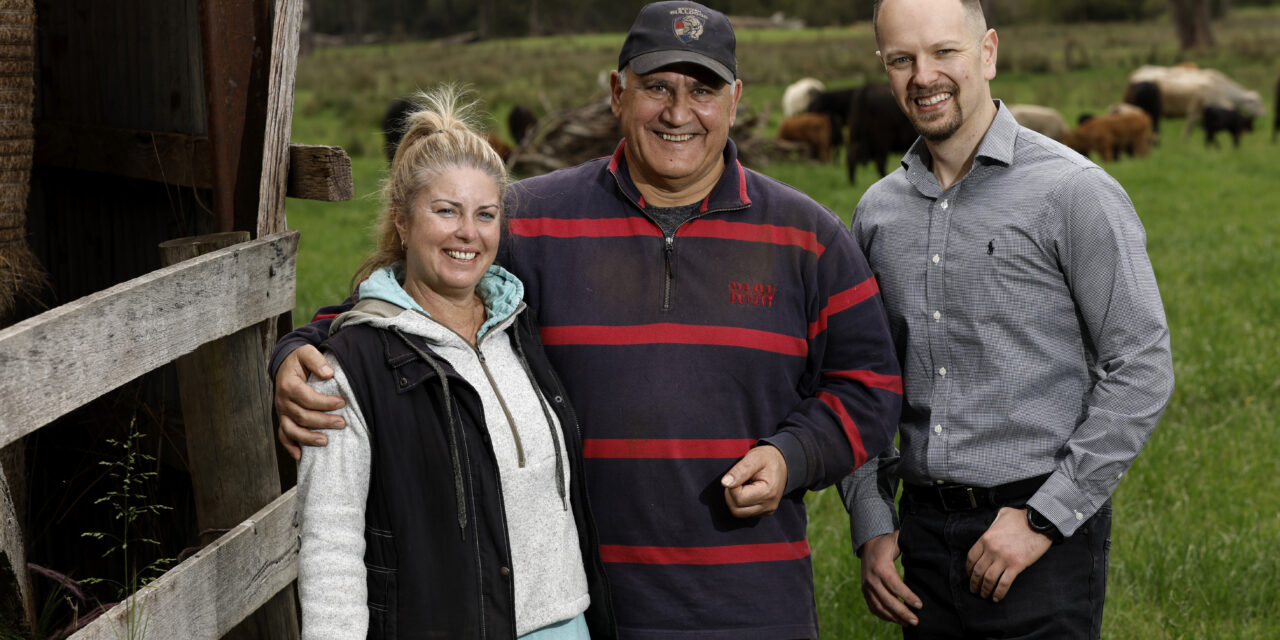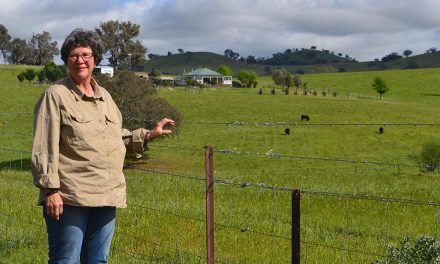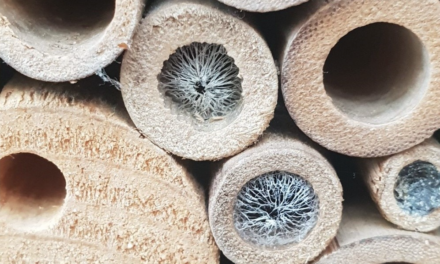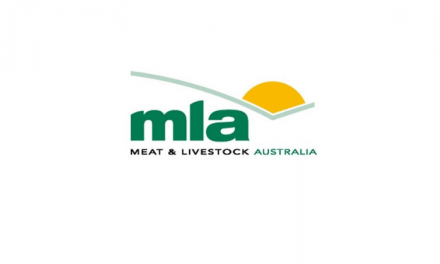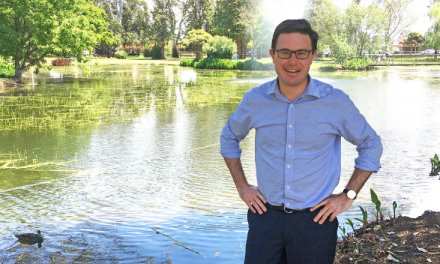It was during a family holiday to a friend’s farm that Phillip Zada’s facial recognition platform for livestock was born.
“I asked, ‘How do you tell one cow from the other?'” the software engineer and entrepreneur says.
After learning farmers rely on ear tags that can fall off, Dr Zada set to work on new technology that gives each cow a profile picture electronically linked to its owner.
“People have called it Facebook for cows,” he says.
“Their muzzle is equivalent to a human fingerprint.”
Known as Stocktake, the platform is currently being trialled at a small property at Glenburn north of Melbourne by Zada family relatives.
Jane Melhem says she was keen to get involved in the pilot, in part to know she can find her cattle if they wander off.
“Having the app and walking up to the cattle and pointing the phone at their face and taking a photo seems to be working pretty well,” she says.
“If there’s an animal missing, we know that if we can go to the neighbours, we can take our app with us, we can take a photo and hopefully that will correlate.”
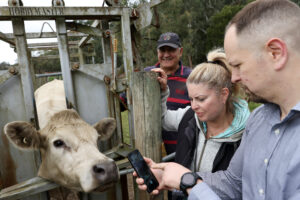
(L-R) Farmer Cesar Melhem looks on with Jane Melham as Dr Phillip Zada demonstrate using AI tech on their small hobby farm in Glenburn, Victoria, Monday, October 23, 2023. (AAP Image/Con Chronis) NO ARCHIVING
But the hobby farmer says it can be a challenge getting a good quality snap.
“You’ve got to be able to get a clear photo of the muzzle and not have it covered in dust, all those sorts of things,” she says.
“Sometimes we have to go back and do it again. We keep a rag handy to wipe the snotty noses.”
With an estimated 30,000 cattle and sheep worth $100 million stolen annually in Australia, the application could have benefits for producers who fall victim to crime.
“(Police), sales yards, etc, they would have access to the technology,” Dr Zada explains.
“And when the cattle come through, they snap a photo and verify that this cow belongs to this person.”
Kyle Mulroney, a senior lecturer in criminology at the University of New England, says it’s the kind of technology that will help farmers get livestock back.
“The police will be much more prepared to be able to identify where that cattle originated and, in the best case scenario, get them back to their proper owner,” he says.
“The overwhelming number of farmers experiencing victimisation are (currently) not reporting it to the police.”
Dr Mulroney also sees potential for Stocktake in relation to traceability and biosecurity threats.
“If you can identify these animals with such precision, it’s only beneficial,” he says.
The app, which was made available to producers earlier this year, might help farmers hit by natural disaster as well.
During the 2022 northern NSW floods one producer found his dairy cattle eight kilometres downstream after the herd was washed away in a freak event.
Mr Zada says his team is now exploring how the technology can be scaled up.
“With the big operators, their biggest thing is that they’re not going to sit there with a smartphone taking photos of hundreds of cows a day,” he says.
“They want some automation.
“Even something along the lines of having cameras in transport trucks as the cows come on. It scans them and it does the checking for them.”
But while the tech is still being trialled in Australia, Dr Zada believes the biggest demand for his creation has come from overseas.
“The biggest market at the moment is coming out of South Africa and South America for theft prevention, and there’s also been some discussions regarding the supply chain,” he says.

